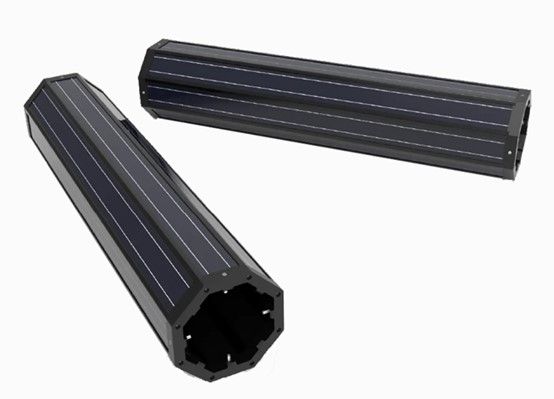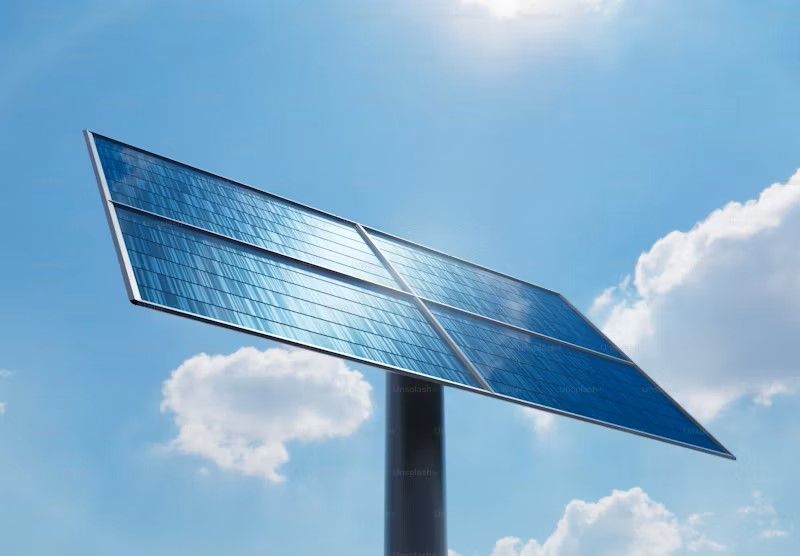
Get A Quote
How Many Years Does a Solar Street Light Last?
Solar street lights have become an essential part of modern urban and rural infrastructure. As the world moves toward more sustainable energy solutions, these lights offer an eco-friendly alternative to traditional street lighting, reducing electricity consumption and maintenance costs. One of the most common questions surrounding solar street lights is about their solar street light lifespan. How long can these lights continue to perform effectively? In this blog, we’ll dive deep into the factors that affect the lifespan of solar street lights and how to maximize their longevity.
What is the Average Lifespan of a Solar Street Light?
The solar street light lifespan is typically influenced by several factors, including the quality of the components, installation, maintenance, and the environmental conditions in which the light operates. On average, a high-quality solar street light can last anywhere from 5 to 15 years. This includes the solar tube, battery, and LED lights that make up the entire system.
Here’s a closer look at the major components that contribute to the overall lifespan:
Solar Panel: The solar panel is responsible for capturing sunlight and converting it into electricity. Most solar panels come with a warranty of 25 years or more, but their efficiency may decrease slightly over time. Proper cleaning and maintenance can help prolong the solar panel’s effective lifespan.
Battery: The battery stores the energy generated by the solar panel and powers the light during nighttime. The battery lifespan varies based on the type used, but most lithium-ion batteries in solar street lights last about 5 to 7 years. Regular charging and discharging cycles can affect the battery’s capacity, so it's essential to ensure the system is well-maintained.
LED Lights: LED lights used in solar street lights are designed to last longer than traditional incandescent bulbs. On average, LED lights can last between 50,000 to 100,000 hours, which translates to 5 to 10 years of continuous use.
Solar Tube: The solar tube that houses the components in a weatherproof casing also plays a significant role in the longevity of the light. High-quality materials ensure the components are protected from harsh weather conditions, extending the solar street light lifespan.
Factors That Affect the Lifespan of Solar Street Lights
While solar street lights are built to be durable, several external factors can impact their lifespan:
Environmental Conditions: Harsh weather conditions like extreme heat, cold, and humidity can wear down the components of solar street lights. Areas with high dust levels or frequent storms may require more frequent maintenance to ensure optimal performance.
Installation Quality: Proper installation is key to maximizing the lifespan of solar street lights. Incorrectly installed systems may suffer from reduced efficiency and damage over time. It’s important to ensure that the solar panels are positioned to capture the maximum amount of sunlight and that the wiring is securely connected.
Maintenance: Regular maintenance plays a significant role in extending the solar street light lifespan. Simple actions like cleaning the solar panel to remove dust or debris, checking the battery condition, and replacing faulty components can ensure the system continues to function at peak performance.
How to Extend the Lifespan of Solar Street Lights?
To maximize the solar street light lifespan, consider the following maintenance and care tips:
Clean Solar Panels Regularly: Dust, dirt, and debris can block sunlight from reaching the solar panel, reducing its efficiency. Clean the solar panel with a soft cloth or brush to remove any buildup.
Check the Battery: Over time, the battery may lose its ability to hold a charge. Monitor the battery's performance and replace it if necessary to avoid power issues.
Ensure Proper Positioning: If your solar street light is adjustable, ensure it’s positioned to capture the maximum amount of sunlight throughout the day. Obstructions like trees or buildings can block sunlight and reduce the system’s effectiveness.
Inspect for Damage: Regularly inspect the solar tube and other components for signs of wear, rust, or physical damage. Addressing small issues before they become larger problems can help extend the lifespan.
 solar street tube from Infralumin
solar street tube from Infralumin
 solar street tube from Infralumin
solar street tube from Infralumin FAQ About Solar Street Lights
Q1: How often do solar street lights need maintenance?
Solar street lights require minimal maintenance, but it’s recommended to clean the solar panels and inspect the components at least twice a year. Battery and LED replacements may be needed every 5 to 7 years, depending on usage.
Q2: What is the warranty on solar street lights?
Most solar street lights come with warranties ranging from 2 to 5 years. The solar panel warranty is usually longer, often up to 25 years, while the warranty for the battery and LED lights is typically shorter.
Q3: Can solar street lights work in cloudy weather?
Yes, solar street lights can still work in cloudy or overcast conditions, but their efficiency may be reduced. Solar panels are designed to capture even diffused sunlight, but extended periods of cloudy weather may impact the battery’s charge.
Q4: Are solar street lights resistant to extreme weather?
High-quality solar street lights, like those with solar tubes made from durable materials, are designed to withstand various weather conditions such as rain, snow, and heat. However, extreme conditions may reduce their efficiency over time.
Q5: How long does the LED light in a solar street light last?
The LED light in a solar street light can last up to 100,000 hours, or roughly 10 years, with regular usage. The solar panel and battery typically need replacement earlier than the LED light.
Conclusion
The solar street light lifespan depends on various factors, including the quality of components, environmental conditions, and maintenance practices. On average, solar street lights can last anywhere from 5 to 15 years. By investing in high-quality solar lights like the solar tube for street light, and maintaining them regularly, you can ensure they provide reliable, sustainable lighting for years to come.
If you're looking for durable and long-lasting solar street lights, visit Infralumin for high-quality products designed to withstand the test of time. Explore our range of lighting solutions and ensure your outdoor areas are well-lit and energy-efficient.

